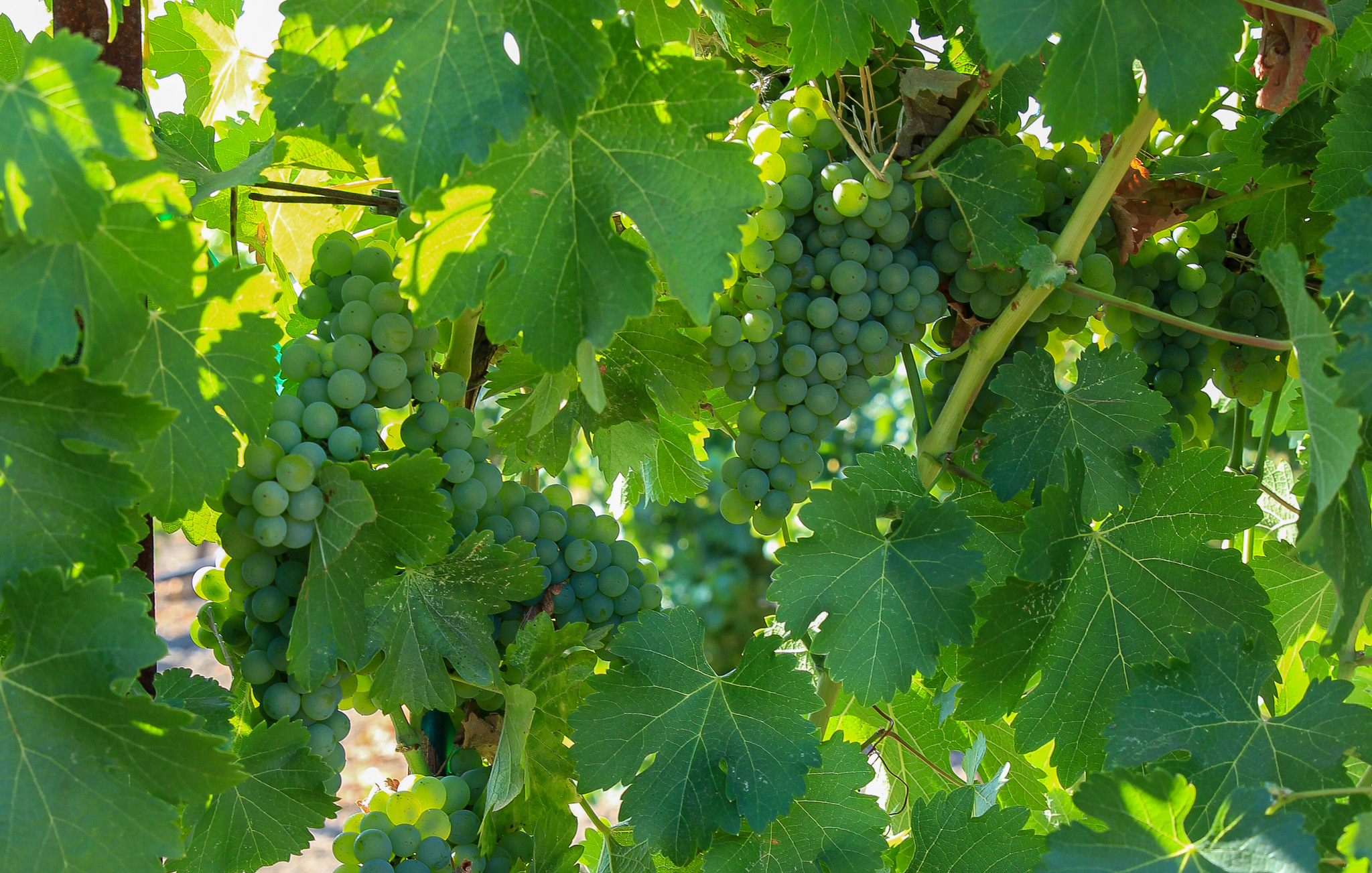By — August 15, 2023
Events that occur during the current growing season will even impact the following vintage as well. For example, the maximum crop potential for the 2024 season has already been determined by the vines this year.
As we pass the halfway point of the growing season, we reflect upon the opportunities and challenges given to us by Mother Nature thus far. Every vintage is unique due to the interplay of terroir, climate, grape varieties, and management techniques. These annual variations dictate our yield, flavor intensity, and overall grape quality for the season. Events that occur during the current growing season will even impact the following vintage as well. For example, the maximum crop potential for the 2024 season has already been determined by the vines this year. The number of clusters are set within each bud right before the bloom for the crop of the current season begins. All of these factors (along with many more) give rise to both the excitement and complexity of each vintage.
Above average rainfall during the winter filled growers throughout the state with relief, after back-to-back years of low precipitation. Budbreak was first observed in our Chardonnay on March 29th this year, with the majority of other varieties starting early-April. Compared to 2022, this was approximately three weeks behind. The 2022 vintage had an abnormally warm Winter and early Spring, resulting in an earlier budbreak. Although the current vintage had a later start to breaking, all blocks reached 100% budbreak at an accelerated rate with excellent uniformity. This observation is most likely due to a greater proportion of chilling hours that the vines were exposed to during dormancy. We welcomed this delayed budbreak, as this would likely push bloom to a safer period.
We collectively hold our breath as bloom occurs throughout all properties. This is the most delicate growth stage, which consequently determines the maximum yield for the year. The duration of grape bloom varies, typically lasting for about one to two weeks. However, weather conditions can significantly influence the duration and success of pollination. Unfavorable weather, such as heavy rains, strong winds, or extreme temperatures, can disrupt pollination, leading to reduced fruit set and potential crop loss. We were thrilled by the non-eventful bloom of this vintage, after completing two back-to-back years of lower yields due to undesirable weather during flowering. Full bloom was observed across all our properties during the beginning of June this season.
The completion of bloom during optimal weather conditions resulted in a much higher fruit set compared to last year. We experienced beneficially mild temperatures as flowers were exposed, while the heat conveniently picked up to optimum levels right after. The increase in temperature accelerated the speed of development, resulting in vine growth to now be about two weeks behind compared to the last season.
We expect the onset of ripening, veraison, to begin within a few days from when this newsletter was written. Crews are currently out meticulously shaping the canopy architecture of the vines, with each site having different requirements. Our main challenges for the growing season will likely be the control of both vigor and crop load due to the large amount of rainfall, along with ideal bloom conditions. As ripening begins, we all continue to work with vigilance to ensure the production of high-quality fruit that reflects the land it was raised on. With harvest likely being about one month out, we eagerly wait to see the unique expression of the 2023 vintage!


